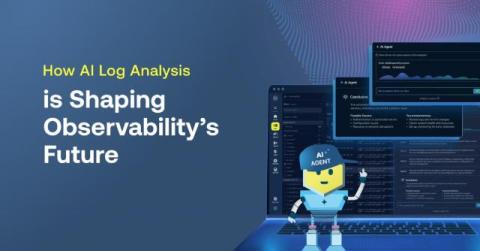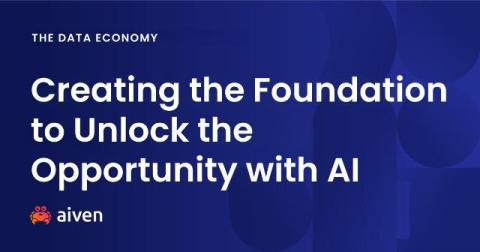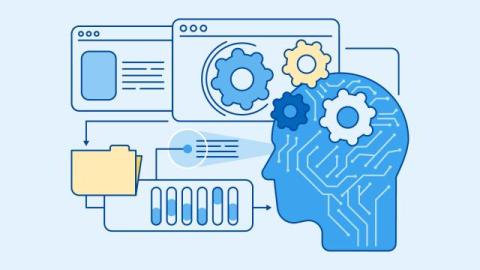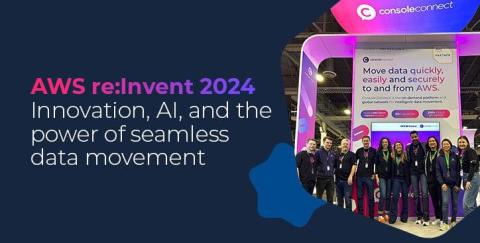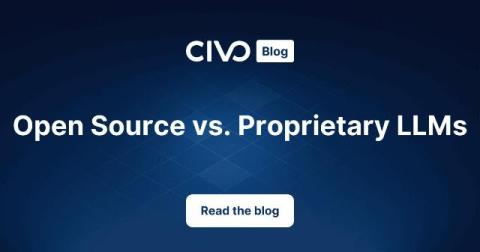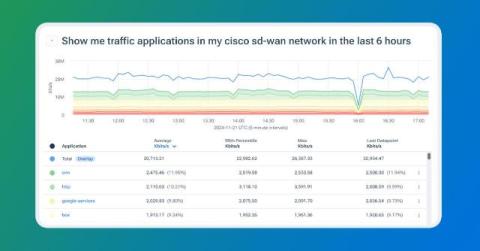How to Build Omni Model Dynamic AI Assistants using Intelligent Prompting
My name is Tim Gühnemann, and as an AI engineering working student at ilert, I had the privilege of developing and continuous improving ilert AI, ensuring it meets the needs of our customers and aligns with our vision. Our goal was to provide all our customers with access to ilert AI. We aimed to develop a solution that could adapt dynamically and function independently based on our use cases, similar to the OpenAI Assistant API.



